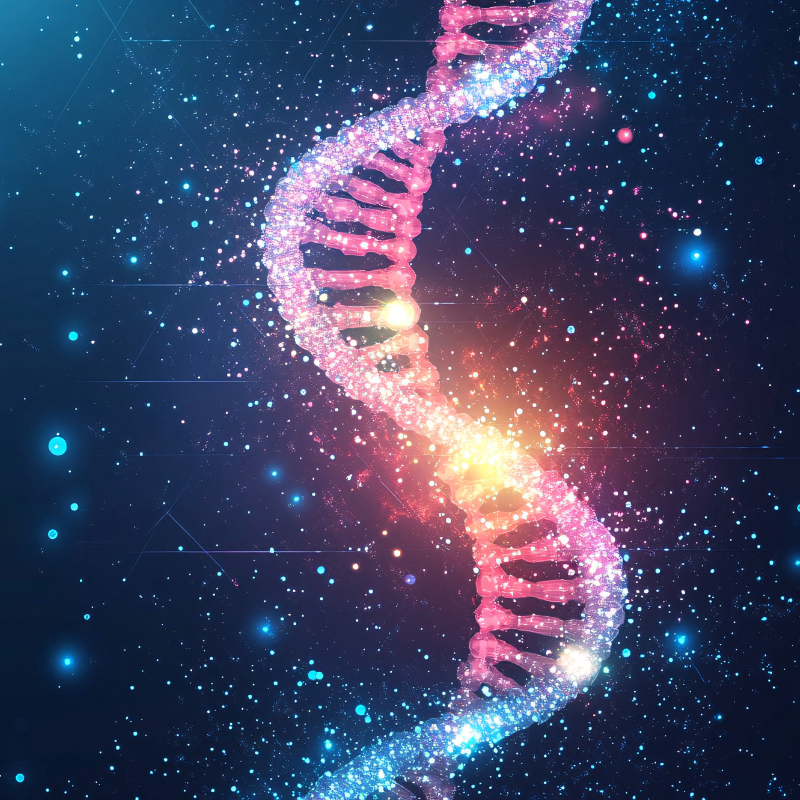The federal Research and Development Tax Credit has received plenty of attention over the last few years given the increased benefits now available from the 2015 PATH Act. However, life sciences companies exploring federal R&D credits should be mindful that numerous benefits are also available through state-run programs. Massachusetts offers research and development tax credits, for qualified life sciences companies, through a program that closely mirrors the federal research credit.
Who Qualifies?
- Domestic and foreign corporations with qualified research expenses in the Commonwealth of Massachusetts
What Expenses Qualify?
The following expenses qualify if the services were performed for research purposes, as defined under Section 41(b) of the Code, and the supplies were used to conduct research activity in Massachusetts:
- Box 1 W2 Wages paid to employees
- Up to 65% of Contractor Invoice Spend
- Amounts paid for materials used/consumed
- Computer Lease/Rental fees (e.g., AWS, Google Cloud, etc.)
When services or tangible personal property are employed both within and outside Massachusetts, the amount of the expense must be prorated based on the days within and outside of Massachusetts.
How is it Calculated?
As of January 1, 2015, companies are able to choose between a revised regular research credit and an alternative simplified research credit:
The revised regular research credit is calculated as follows:
- Take the taxpayer’s qualified research expenses for the 3rd and 4th prior taxable years and divides them by the taxpayer’s total gross receipts over the same two years. The amount is limited to 16% and taxpayers who had no gross receipts during one of these two years must use the alternative simplified research credit.
- This amount is then multiplied by the average annual receipts from the 4 taxable years preceding the credit year, to arrive at the taxpayer’s “base amount”. The minimum base amount is 50% of the qualified research expenses for the current year.
- The credit allowed is 10% of the amount by which the taxpayer’s qualified research expenses for the current year exceed the base amount.
The alternative method is calculated as follows:
- The base amount is calculated as 50% of the taxpayer’s average qualified research expenses over the 3 years preceding the credit year.
- The amount of the credit is phased in over a 7 year period as follows:
- 2015-2017: 5% of the taxpayer’s qualified research expenses in excess of the base amount
- 2018-2020: 7.5% of the taxpayer’s qualified research expenses in excess of the base amount
- 2021: 10% of the taxpayer’s qualified research expenses in excess of the base amount
Taxpayers with no qualified research expenses in any of the three preceding years will be granted a credit of 5% of all qualified research expenses for the current year.
How Much is the Tax Benefit?
- 100% of the corporate excise tax, up to $25,000
- 75% of the corporate excise tax in excess of $25,000
The taxpayer’s liability cannot be reduced below $456. Unused credits can be carried forward for up to 15 years to offset future corporate excise taxes. Unused credits arising from the 75% limitation rule can be carried over indefinitely. Corporations and S-Corporations apply the credit against their corporate excise tax. S-corporations do not pass any of the tax attributes to their members.
Additional Benefits for Life Sciences Companies
Companies that apply and are accepted into the Massachusetts Life Sciences Center tax incentive program may receive additional research and development tax benefits:
- Qualified companies may be eligible for a refundable credit on up to 90% of their existing research and development credits
- Companies involved in legally mandated clinical trial activities in multiple states may be eligible for an increased base in qualified expenses
In addition to R&D tax benefits, the Massachusetts Life Sciences Center has numerous other tax benefits. Interested companies should visit the Massachusetts Life Sciences Center website to learn more. The application period typically runs from late December to early February each year.
To learn more about these government sponsored tax incentives and how they may benefit your biotech or life sciences company, please contact Taryn Bostjancic.
Author: Robert Traester, CPA, MST |[email protected]
More on Life Sciences Services
How Can We Help?


